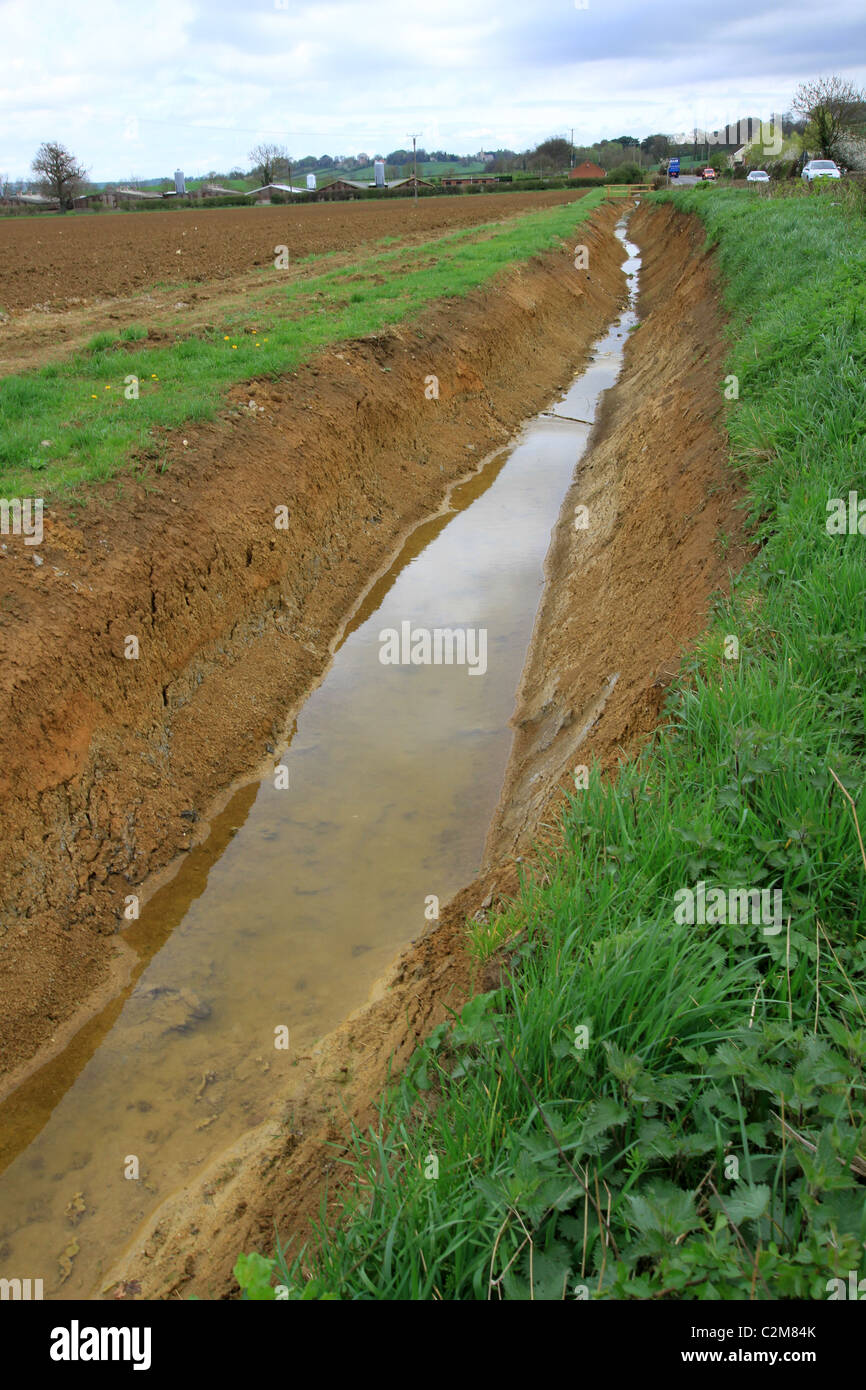Culvert, channel water, underneath road, railway, embankment, drainage, running water, flooding, projects, land, works, tunnel, flood prevention, silt

Image details
Contributor:
Steve Welsh / Alamy Stock PhotoImage ID:
C2M84KFile size:
51.3 MB (2.5 MB Compressed download)Releases:
Model - no | Property - noDo I need a release?Dimensions:
3456 x 5184 px | 29.3 x 43.9 cm | 11.5 x 17.3 inches | 300dpiLocation:
Welbourn Lincolnshire 2011More information:
A culvert is a device used to channel water. It may be used to allow water to pass underneath a road, railway, or embankment. Culverts come in many shapes and sizes, including round, elliptical, flat-bottomed, pear-shaped, and box. They vary from the small drainage culverts found on highways and driveways to large diameter structures on significant waterways or supporting large water control works. The latter can comprise large engineering projects. There are three primary materials that culverts are made out of: steel, pre-cast concrete, and polyvinyl chloride (PVC) (plastic). They can also be built as a hybrid between steel and concrete, for example an open-bottom corrugated steel structure on concrete footings, or a corrugated steel structure with a concrete “collar” around the ends and construction of stone culverts was common in the past. The clear-running of these channels, up to 4 sqm in section, is vital in helping to reduce the chances of flooding. This is where Airload Environmental come in, we have undertaken many clearance projects, removing silt and debris from sand and sludge to traffic cones, shopping trolleys, even the odd antique vase. The machinery and the skilled operators to clear blockages and jet wash most culverts, drains, sewers Drainage is something that most people don't give a second thought to - until it goes wrong. For the highways department it is very much top-of-mind as the way water drains off the land. Installing a new drainage system has therefore been the first contract to be placed in the repair works. The work is now well under way, with new land drains laid in a trench, with access points for future maintenance. The drains are designed to intercept water as it soaks off the hillside the Cliff road. escarpment and follows the ancient ridge and furrow surface of the fields over which the embankment was built more than a hundred years ago.